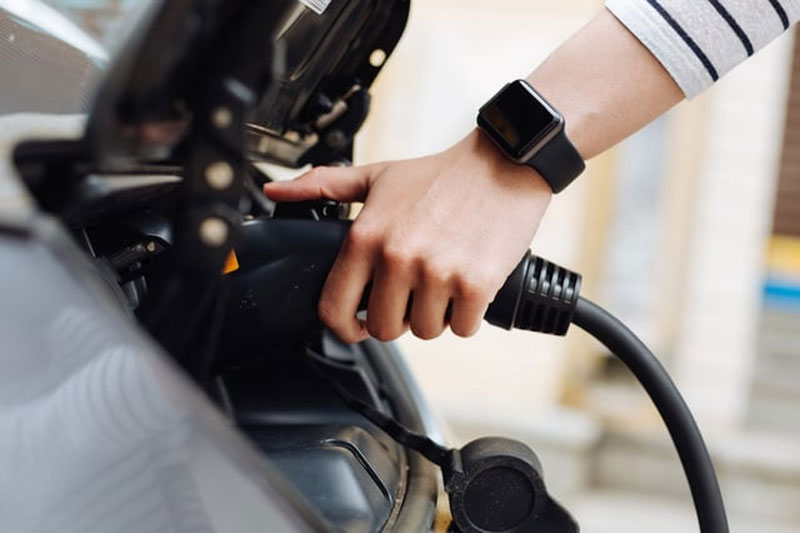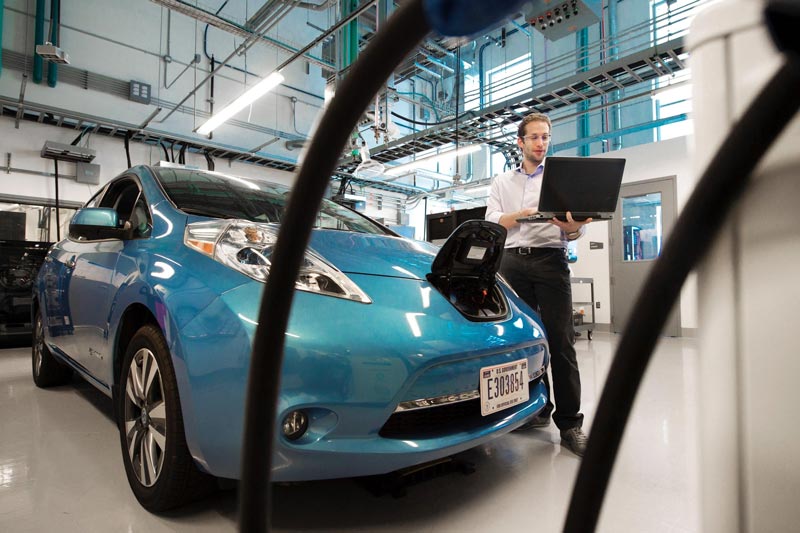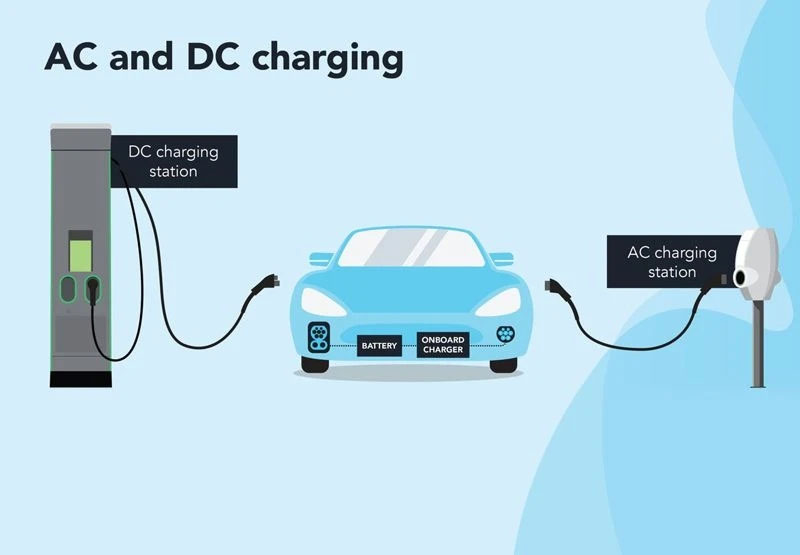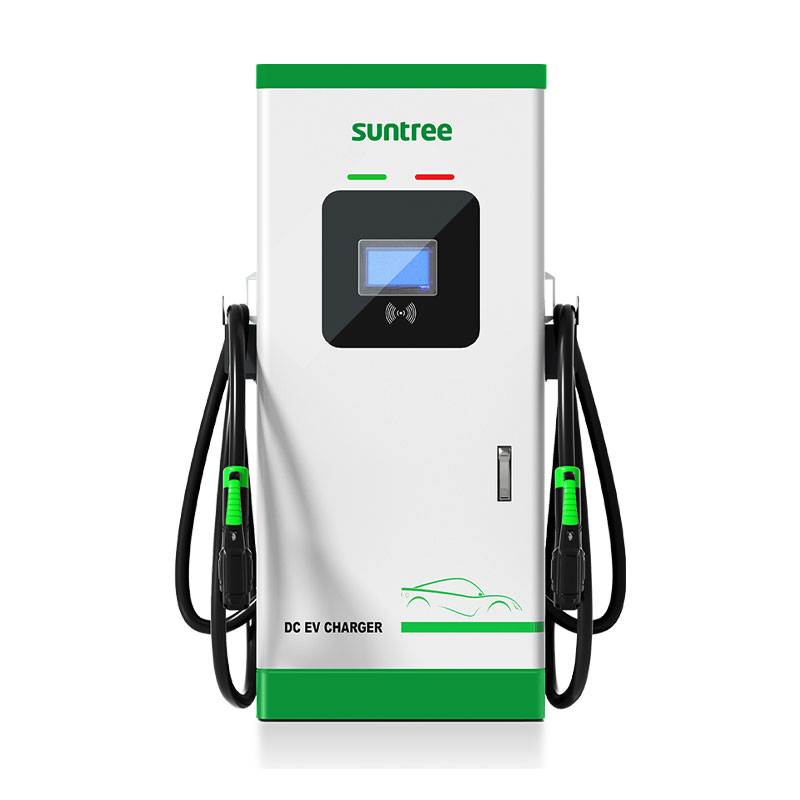What Is EV Charging & How Does it Work?
Both electric vehicles and plug-in hybrid electric vehicles require an EV charger to keep the battery full, just like any chargeable device or electronic.
At its most basic, SUNTREE’s EV charger pulls an electrical current from either a 240v outlet or the grid it’s hardwired to and delivers that electricity to the vehicle, just like any other appliance or device you charge by plugging into the wall.

What affects charging speeds?
Electric car battery
The bigger the battery, the longer it will take to charge. Simple, right?
Charging capacity of the vehicle
The power output which a vehicle accepts differs from vehicle to vehicle and can even vary depending on the model of the car. Measured in kW, the charging capacity is shown for both AC charging and DC charging and each plays a large factor in how long it takes to charge.
Charging output of the charging station
The different output of the charging station plays a large factor in how long it takes to charge an EV. The higher the kW output on a charging station, the faster it will charge (presuming that your new vehicle accepts the higher power output).

Types of EV Charging Vehicles
AC Charger
It is the most common EV charging method because it’s the calmest. SUNTREE AC EV Charge point gets wired traditional into your home’s network, then plugs into your car through a cable, transporting electricity to the battery.
DC Charger
DC EV Chargers take advantage of the immediate present, which goes right from the basics to the vehicle. Fast chargers bypass the converter, which allows the batteries to charge faster.






